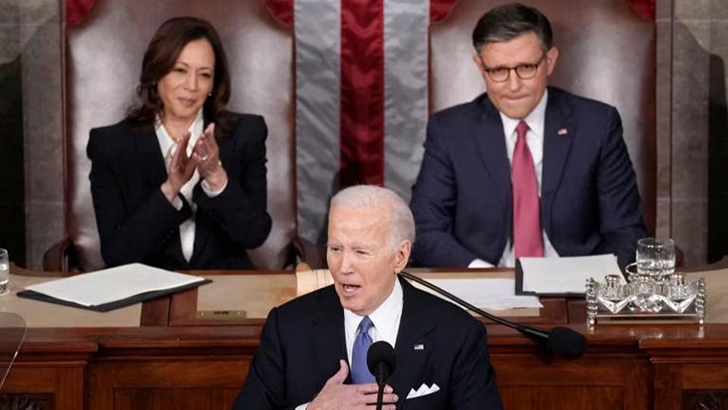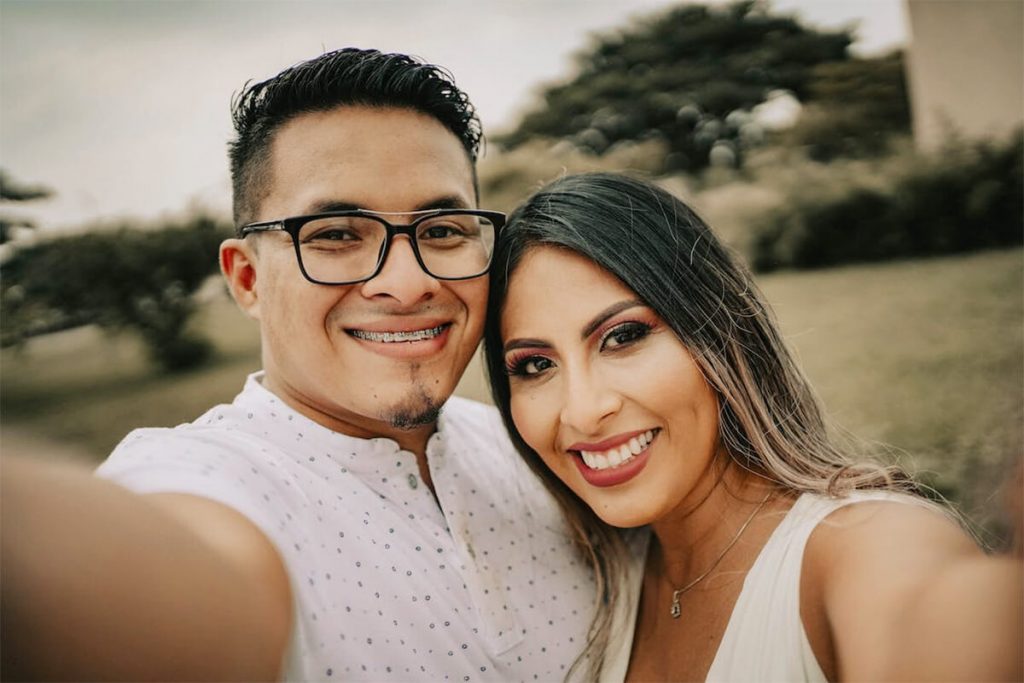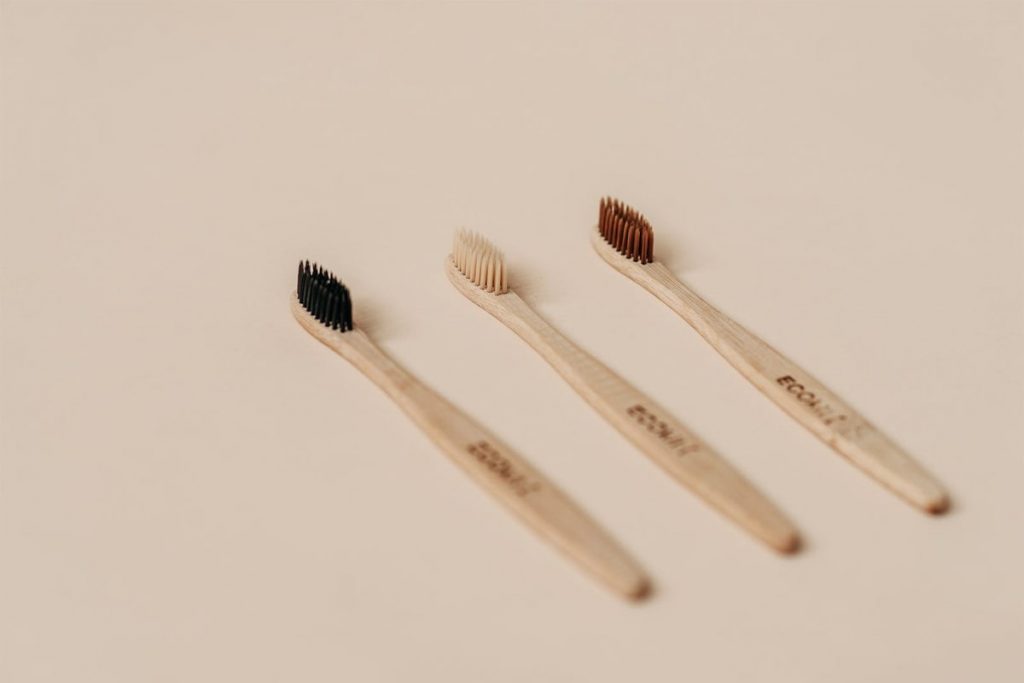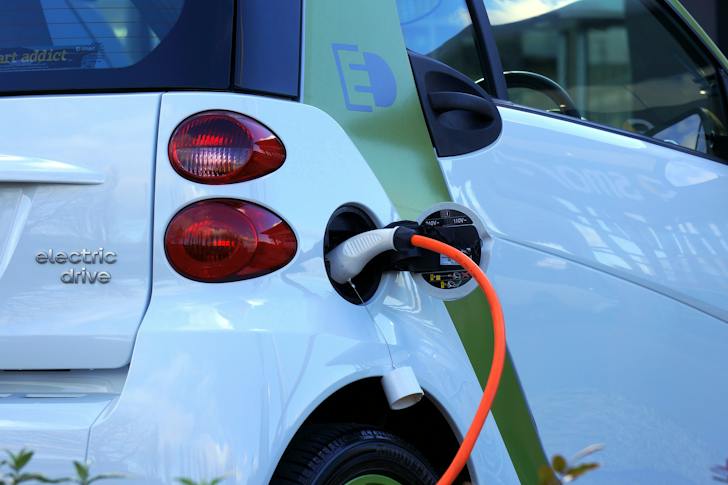Have you ever paused to wonder how a simple piece of paper in your wallet holds so much value? Or why, once upon a time, carrying around a bunch of pelts was akin to having a fat bank account? Well, it is a story that stretches back thousands of years, tracing the evolution of currency from its most primitive forms to the complex digital numbers we juggle today.
What is Money, Anyway?
In its simplest form, money is anything that is widely accepted in exchange for goods and services. Beyond just coins and notes, it is a medium of exchange, a unit of accounting, and a store of value.
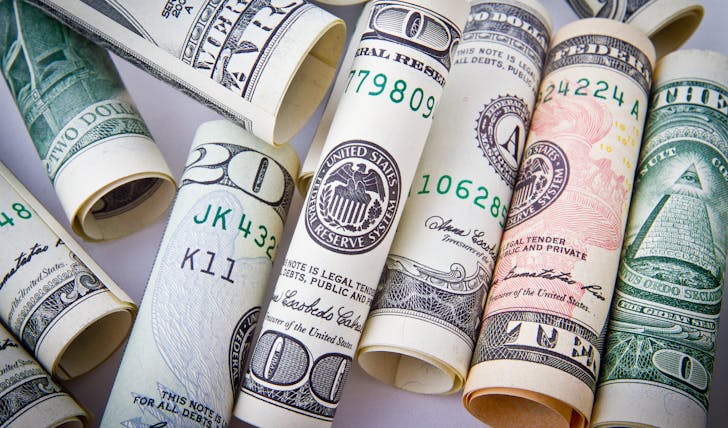
Pixabay / Pexels / Essentially, money is a universal currency that is widely accepted in exchange for services or goods.
But how did we come to agree on what constitutes money? The story begins in ancient times.
Believe it or not, money was not always around. Before money, people engaged in barter. A system of trade where goods and services were directly exchanged for other goods and services. Imagine trying to figure out how many chickens your cow was worth, or how many bushels of wheat would buy you a new spear.
You bet! It was complicated, inefficient, and limited by the need for a 'double coincidence of wants:' Finding someone who had what you wanted and wanted what you had.
The Origin of Coin in 600 BCE
The first significant leap in the evolution of money was the invention of coins, somewhere around 600 BCE in Lydia (modern-day Turkey). These metal tokens standardized trade, making transactions simpler and more transparent.
Coins were durable, portable, and had intrinsic value. All thanks to their metal content. This innovation revolutionized commerce, paving the way for more complex economies to flourish.
The Advent of Paper Money
Fast forward a few centuries, and the Chinese were the first to introduce paper money, around the 7th century during the Tang Dynasty. Initially used as IOUs among merchants, paper money offered a lightweight and convenient alternative to heavy coinage.
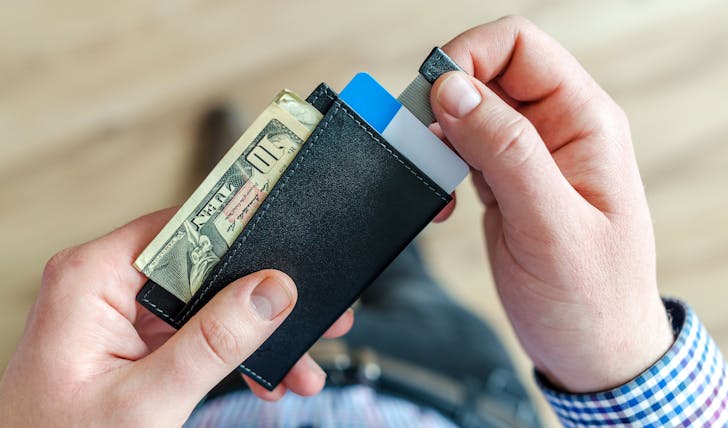
Lukas / Pexels / Back in the 7th century, the Chinese were the first to introduce paper money.
By the 11th century, the Chinese government had formalized paper currency, setting the stage for its adoption across the globe.
The Introduction of Banks
The concept of banks came into play as economies and their currencies grew more complex. Initially, banks were places to safely store your coins and valuables. However, they quickly evolved to offer loans, facilitate transfers, and even issue banknotes: A precursor to modern paper currency.
Banks became pivotal in managing the supply and circulation of money. Thus, influencing economies at both the micro and macro levels.
What Has Been the Impact of Money Throughout History?
Money, in its various forms, has profoundly shaped human history. It has built empires, fueled trade networks, and even precipitated collapses. The evolution from barter to digital transactions reflects our quest for efficiency and reliability in trade.
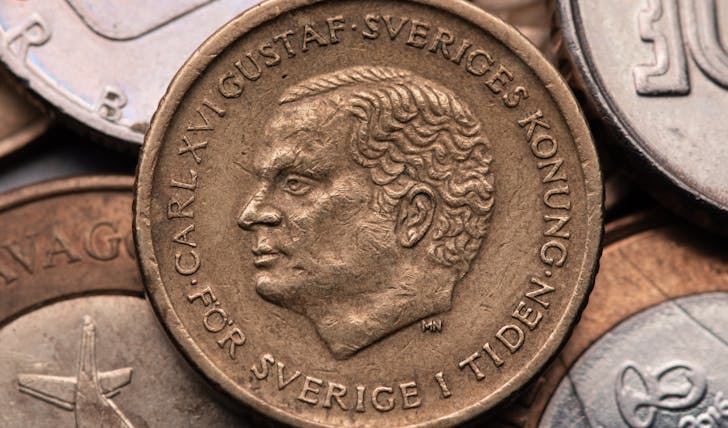
Yah / Pexels / Regardless of its multifarious forms, money has always been a key player throughout history.
Money has not only made commerce possible on a global scale. But it has also enabled the development of complex societies by facilitating specialization and the division of labor.
How You Can Manage Your Money in Today’s Modern Age?
Here is how you can manage your modern-day money
- Utilize budgeting apps and financial planning tools to track income and expenditures.
- Set up automatic savings to effortlessly build an emergency fund and save for future goals.
- Invest in a diversified portfolio including stocks, bonds, and mutual funds for long-term growth.
- Monitor and improve your credit score for better access to financial products and lower interest rates.
- Stay informed about financial news and trends to make educated decisions on investments and savings.
- Use digital payment systems and cryptocurrencies to manage transactions securely and efficiently.
show more



